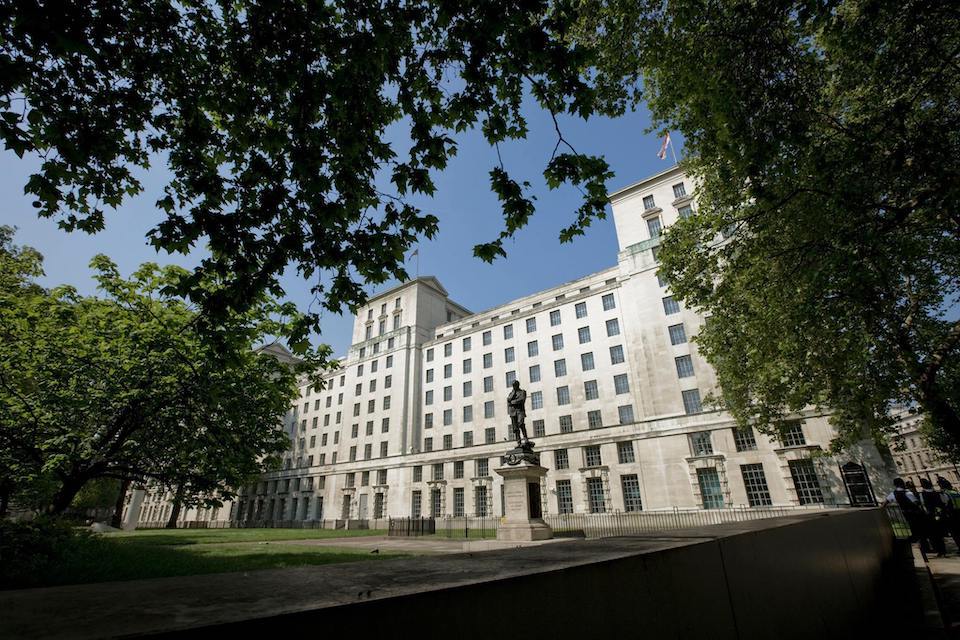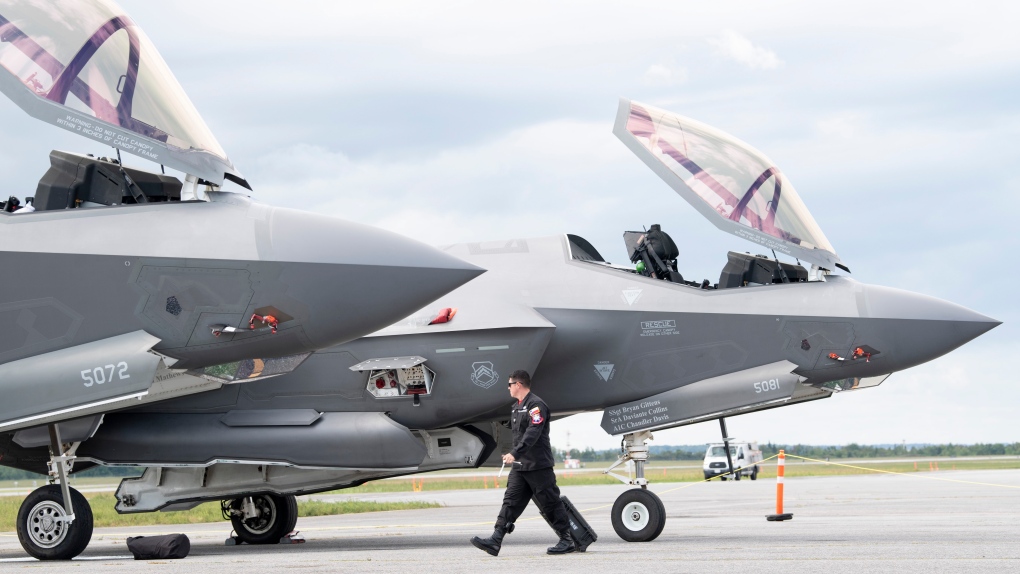16 of 88 ultimately. This is basically the first squadron. It gets the training program going. As more pilots and maintainers are trained and infrastructure is finished off, more aircraft will get delivered and new squadrons stood up.
It's about 1:1 replacement with our current Hornet fleet. And the fleet size is based on our defence policy which requires contributing 4 jets to NORAD alert 24/7 and a deployable set (what we call a "six pack") of about half a squadron to any NATO response immediately.
A rough guide is to take the total number of front line aircraft assigned to line squadrons and multiply by 1.6 to cover training requirements, maintenance pipeline, engineering flight test aircraft, etc. So a purchase of 88 aircraft, roughly yields 55 operational aircraft or 5 squadrons of 11 aircraft. Given the tasks assigned by the assigned by the defence policy, this means any given squadron will spend 20% of their time on high readiness to meet the above commitments. That's a fair bit.
Should we have more? That depends on whether you believe Canada should be more active in the world or maintain a higher bench strength. I would argue this number is fine for what we're committed to. If we want to look at a carrier on each coast, then a small fleet of 30-50 F-35Bs (the vertical takeoff model) can be added. This is basically what the British and Italians are doing. This would bring Canada closer to the 138 CF18s originally purchased in the 80s. But that number is not strictly needed given that Canada has fewer commitments than the 80s today.






